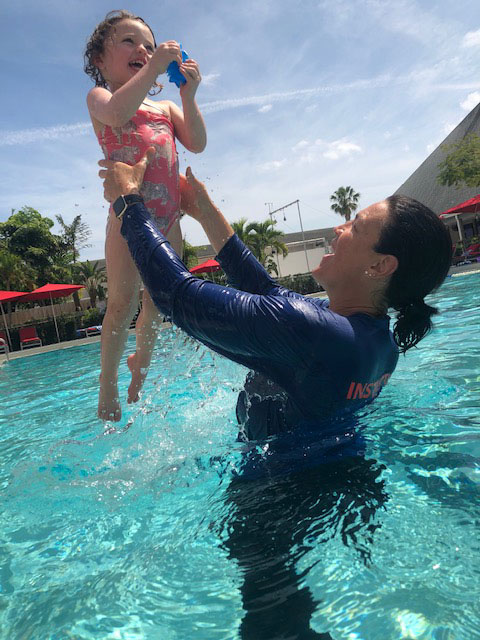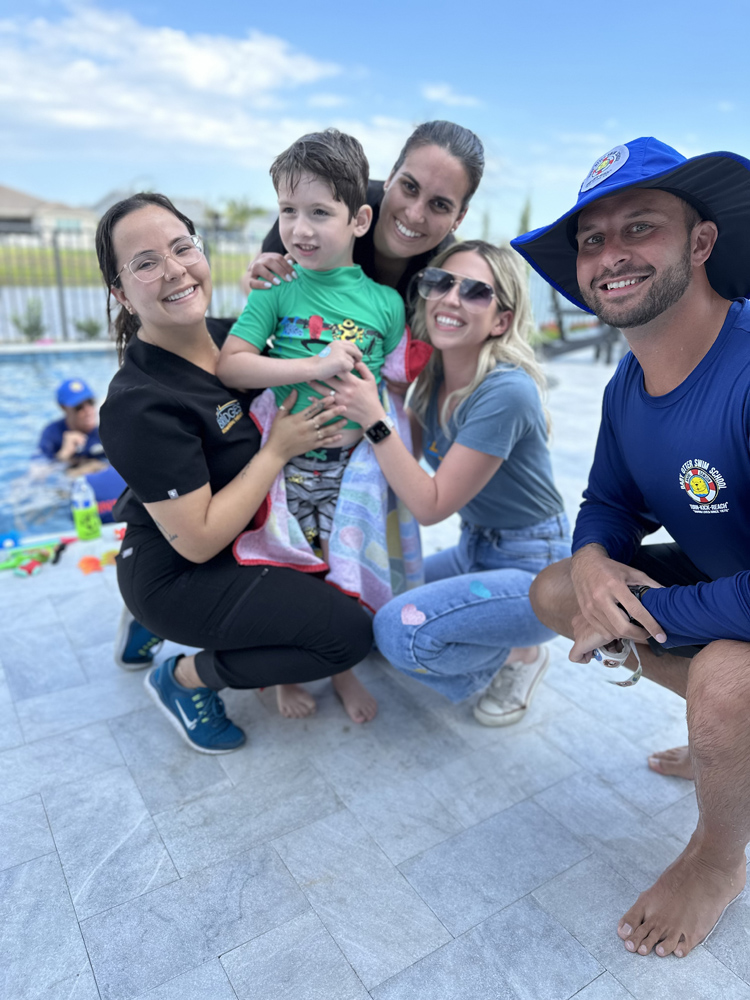Every Little Thing You Required to Find Out About Swimming Lesson for Beginners: A Comprehensive Overview
Comprehending the basics of swimming lessons for beginners is essential for promoting both security and skill development in the water. The course to ending up being a positive swimmer is often laden with difficulties, consisting of the common concern of water.
Relevance of Water Safety And Security
Water security is extremely important for any person venturing into water settings, especially beginners. Understanding the possible risks connected with water tasks is vital to make sure a pleasurable and safe experience. Statistics suggest that sinking remains a leading root cause of unexpected death, highlighting the need for heightened understanding and preventive steps.
The very first step in water safety and security entails identifying the importance of supervision. Adults should always keep a close eye on kids and inexperienced swimmers, as also superficial water can pose substantial dangers. In addition, wearing appropriate flotation devices, such as life jackets, is vital, especially for those who are not yet positive in their swimming capacities.
An additional vital aspect is familiarizing oneself with the specific atmosphere. Each body of water has special qualities, including currents, trends, and temperature, which can influence security. Swimmers should likewise recognize climate condition and possible threats, such as submerged items or abrupt modifications extensive.
Locating the Right Instructor
Selecting a qualified instructor is a crucial action in ensuring a efficient and safe discovering experience for newbies. When browsing for a teacher, consider their certifications and experience. Look for individuals that are accredited in mouth-to-mouth resuscitation and Emergency Treatment, in addition to those that hold identified swimming mentor qualifications, such as those from the American Red Cross or YMCA.

Additionally, evaluate the trainer's communication abilities. They should be able to convey guidelines clearly and demonstrate methods properly. A link between the student and the trainer can enhance motivation and foster a favorable discovering environment.
Finally, think about logistics such as course area, scheduling, and size. Smaller sized course dimensions usually permit even more personalized interest, which can be useful for novices. By thoroughly examining these elements, you can find an instructor that will add to a successful swimming experience.
Vital Swimming Methods
Understanding essential swimming strategies is vital for novices intending to build self-confidence and effectiveness in the water. The structure of efficient swimming hinges on understanding the basic abilities that boost both safety and security and satisfaction throughout technique.
One of the first strategies to concentrate on appertains breathing. Newbies ought to learn to breathe out underwater and inhale quickly when turning their heads to the side, guaranteeing a consistent rhythm that supports endurance. Additionally, body positioning plays an essential function; swimmers must preserve a structured position, maintaining the body horizontal and level to lower drag.

Finally, understanding the value of buoyancy can not be neglected. Mastering floating methods will certainly enhance convenience and security in the water. By concentrating on these necessary methods, beginners can develop a strong swimming foundation, establishing them up for higher success in future lessons and advanced abilities.
Different Swimming Styles
Countless swimming styles exist, each offering unique strategies and advantages that provide to different choices and goals. The four primary strokes-- freestyle, backstroke, breaststroke, and websites butterfly-- create the foundation of competitive swimming and entertainment practices.
Freestyle, additionally referred to as the front crawl, is identified by a flutter kick and rotating arm motions, permitting maximum speed and efficiency. It is often the most preferred choice for newbies as a result of its simple strategy and convenience in various water settings.
Backstroke, carried out on the back, employs a comparable flutter kick yet utilizes a windmill arm motion. This stroke enhances body positioning and advertises relaxation in the water, making it an exceptional alternative for those that may really feel distressed while swimming.
Breaststroke includes a frog-like kick and simultaneous arm activities, advertising a slower rate that enables for enhanced breathing control. This stroke is especially helpful for newbies as it motivates an read more all-natural rhythm.
Lastly, the butterfly stroke, understood for its difficult method, integrates a dolphin kick and synchronised arm activities. While even more innovative, grasping it can substantially enhance overall swimming effectiveness. Accepting these varied designs can lead to an all-around swimming experience.
Conquering Common Challenges
Although swimming can be a gratifying task, beginners often experience numerous challenges that may impede their development and enjoyment in the water. Beginning by adjusting to the water in shallow locations, and method breathing strategies outside of the water to build self-confidence.
One more obstacle is grasping basic methods, such as drifting and stroke auto mechanics. Newbies must concentrate on proper body alignment and breathing patterns. Making use his comment is here of flotation protection devices can help in establishing a sense of equilibrium while exercising stroke fundamentals.

Finally, finding an encouraging atmosphere, whether through team lessons or individually coaching, can dramatically boost learning. Constructive responses and support are important for overcoming difficulties and promoting enhancement. By resolving these usual concerns head-on, newbies can grow a positive swimming experience and development at a comfortable speed.
Conclusion
In recap, swimming lessons for novices include essential aspects such as safety, reliable direction, and mastery of necessary strategies. Picking a certified trainer is extremely important to fostering a supportive understanding environment. Focus on core skills, consisting of breathing and body positioning, help in developing confidence in the water. Recognizing different swimming styles and dealing with typical challenges further boosts the finding out experience. Ultimately, an extensive method makes certain that beginners not only get swimming skills but also grow a long-lasting gratitude for aquatic tasks.
Recognizing the basics of swimming lessons for beginners is essential for cultivating both safety and security and ability development in the water.Water safety is critical for any person venturing into aquatic atmospheres, particularly newbies. Arm movements should also be coordinated with the kick; newbies should learn the significance of reaching onward and pulling via the water properly.
Although swimming can be a rewarding activity, novices often come across different obstacles that may impede their progress and pleasure in the water. Begin by adjusting to the water in superficial areas, and practice breathing methods outside of the water to develop self-confidence.